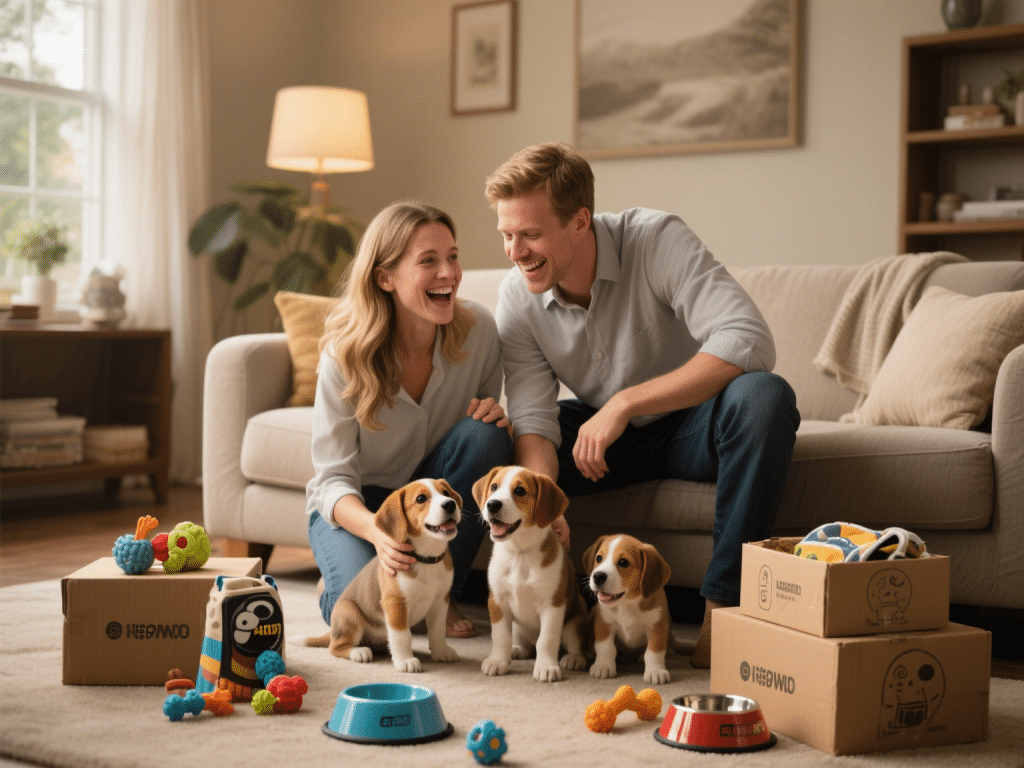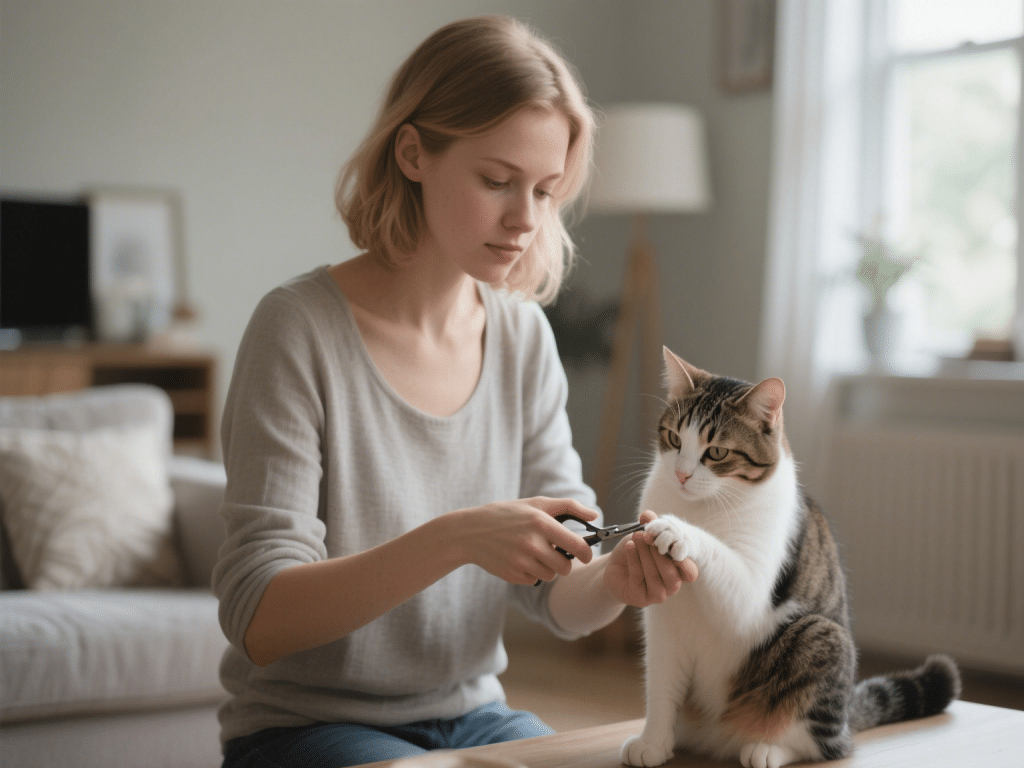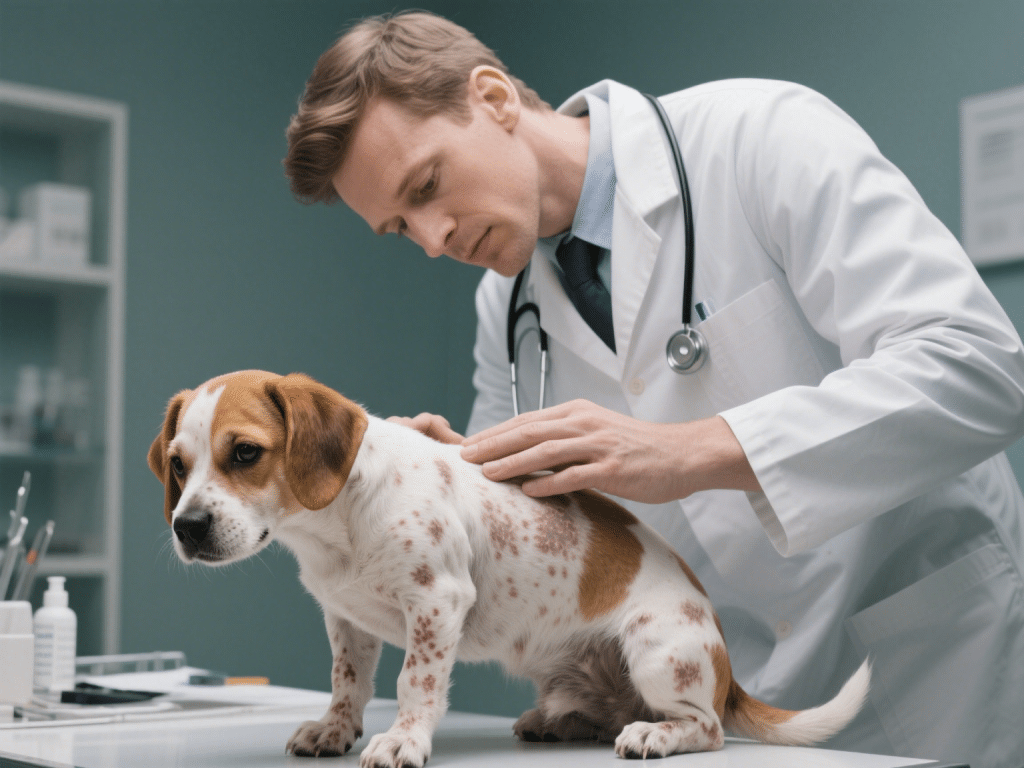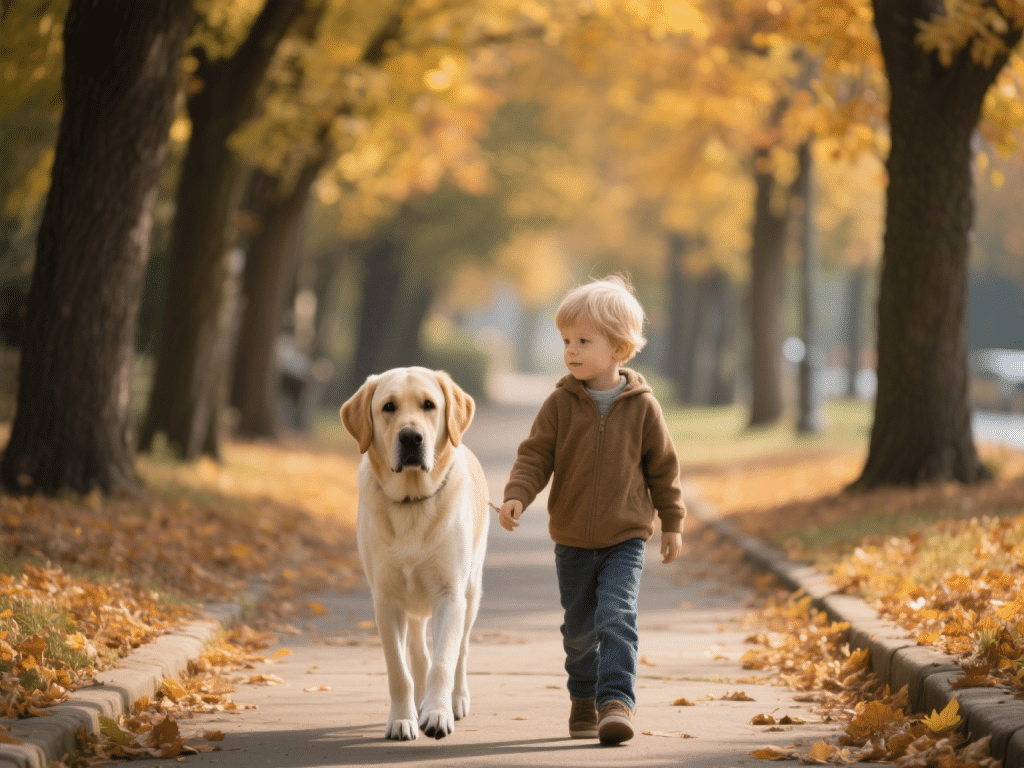
Bringing home a brand-new puppy is an exhilarating moment—tails wag, kisses fly, and your heart swells. Yet, without proper planning, enthusiasm can quickly turn to overwhelm. As a longtime professional dog trainer and foster volunteer, I’ve guided hundreds of families through their first puppy days. Here’s a comprehensive checklist of essential supplies and prep steps to ensure a smooth transition for both you and your furry friend.
1. Safe and Comfortable Crate
Your puppy’s crate is more than a bed—it’s their temporary den, training zone, and safe haven. Choose a crate sized so your puppy can stand, turn around, and lie down comfortably. Line it with a washable, non-slip mat or pad. Early crate introductions should be positive: place treats, toys, and feed meals inside until your puppy learns it’s a cozy retreat.
2. High-Quality Puppy Food
Puppies have unique nutritional needs for growth and development. Select an age-appropriate, AAFCO-approved puppy formula from a reputable brand. Look for named protein sources (e.g., “chicken meal”) and avoid artificial additives. Measure meals precisely and maintain a consistent feeding schedule—usually three to four small meals daily.
3. Food & Water Bowls
Opt for stainless steel or ceramic bowls: they’re durable, easy to clean, and less likely to harbor bacteria than plastic. A weighed or non-skid base prevents tipping and sliding, making mealtime calmer and cleaner.
4. Collar, Leash & ID Tag
A lightweight, adjustable collar ensures comfort as your puppy grows. Attach an ID tag with your contact information and consider microchipping as a permanent form of identification. Pair the collar with a 4–6 foot sturdy leash—long enough for training, short enough for control.
5. Chew Toys & Interactive Puzzles
Teething puppies need safe outlets for chewing. Durable rubber toys, Nylabones, and rope toys satisfy that urge without damaging furniture. Interactive treat-dispensing puzzles engage your puppy’s mind and stave off boredom when you can’t supervise directly.
6. Grooming Essentials
Introduce grooming early to foster cooperation. Gather a soft-bristle brush for fur maintenance, nail clippers or a grinder to keep claws in check, and a gentle puppy shampoo for occasional baths. Puppy-safe dental chews or toothbrush kits establish good oral hygiene habits from the start.
7. Puppy Pads & Accident Cleanup
Even with prompt outdoor breaks, accidents happen. Stock up on absorbent puppy pads for indoor training and an enzyme-based cleaner to eliminate odors and stains effectively. Avoid ammonia-based products that can attract repeat marking.
8. Puppy-Proofing Your Home
Crouch at puppy eye level to spot hazards: loose wires, small objects, toxic plants, or accessible trash. Use baby gates to restrict access to off-limits areas (stairs, kitchen). Secure cleaning supplies, medications, and pantry items in locked cabinets.
9. Vet & Training Resources
Schedule a veterinary visit within the first week for vaccinations, deworming, and a general health check. Ask about microchipping and spaying/neutering timelines. Enroll in a positive-reinforcement puppy class to jump-start socialization and basic obedience.
10. Love, Patience & Routine
Beyond supplies, your presence is the greatest comfort. Establish consistent feeding, potty, play, and nap schedules to build confidence and reduce stress. Celebrate small milestones—first successful potty outside, calm crate time, or a gentle fostered bite inhibition. Bond through gentle play, short training sessions, and lots of affectionate praise.
Final Thoughts
Your new puppy arrives with boundless potential and affection. By preparing thoughtfully—gathering the right supplies, vet care, and training support—you set the stage for a joyful, lifelong partnership. With these essentials in hand and a dash of patience, your puppy’s early days will become treasured memories rather than frantic chaos. Welcome home your new best friend!










